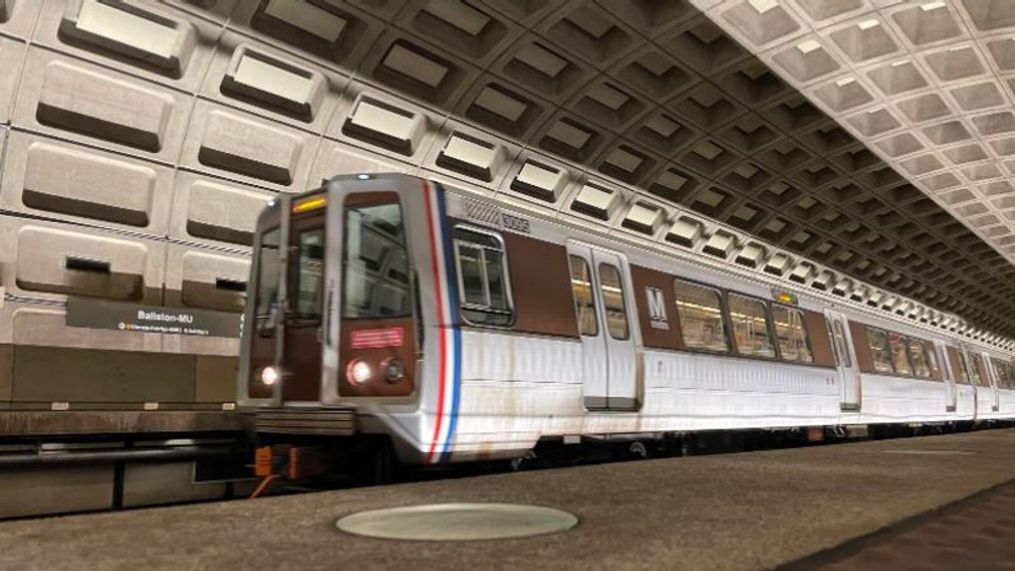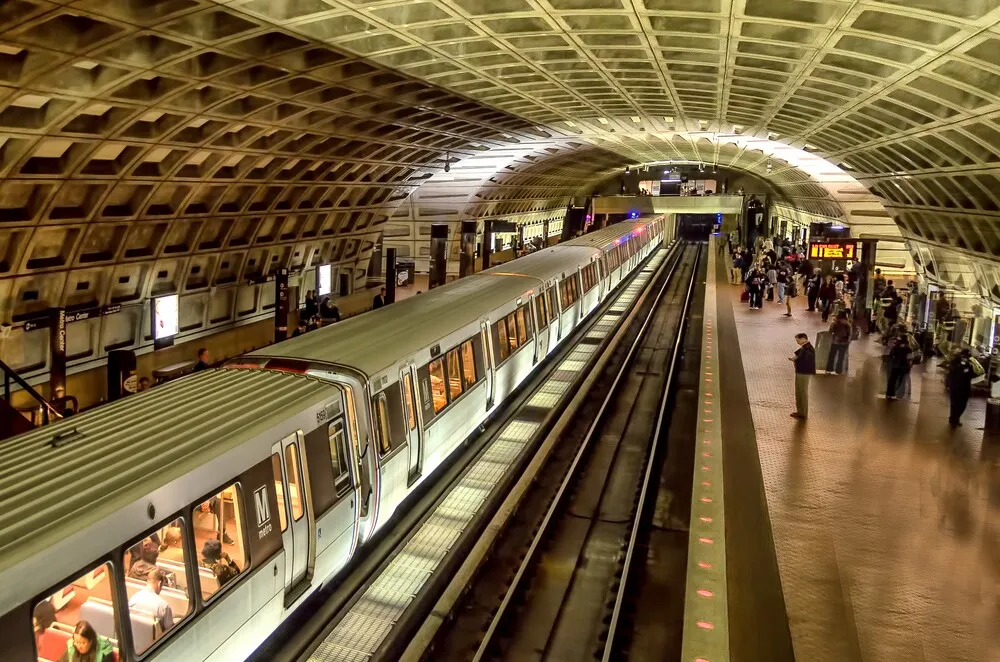
A Major Leap for Inclusive Mobility
In a groundbreaking move for accessibility, Waymap, an innovative navigation app designed primarily for individuals with vision impairments, has officially launched across the entire Washington Metropolitan Area Transit Authority (Metro) system. This significant expansion covers 98 rail stations, more than 11,000 bus stops, and 325 bus routes, making Washington D.C. one of the most accessible cities in the world for people with disabilities.
With an estimated 50 million Americans experiencing some degree of vision loss, the integration of Waymap into the city’s transit infrastructure is a game changer. The free app enhances mobility and fosters community engagement for individuals who previously faced barriers in public transportation. Users can now enjoy greater independence, confidently navigating the city with accurate, step-by-step audio guidance.
Bridging the Accessibility Gap
Access to reliable navigation is crucial for people with vision impairments and other disabilities. For years, transportation systems have struggled to fully accommodate these needs, often relying on physical infrastructure such as braille signs, tactile paving, or station announcements. While helpful, these solutions are not always comprehensive or sufficient. Waymap addresses these challenges head-on by providing real-time, detailed directions without dependence on external signals like GPS, WiFi, or Bluetooth beacons.

“Access to navigation means access to the world—and to all the social, emotional, and professional opportunities it holds,” said Waymap Founder and President Tom Pey. “From lifelong residents with disabilities to visitors and others who have a harder time getting around, everyone should be able to explore all that this great city has to offer. We are grateful to have Metro as a partner in bringing this possibility closer to reality.”
The SmartStep™ Technology: A Revolutionary Navigation Solution
Founded in 2017, Waymap was inspired by the personal experiences of Tom Pey, who is visually impaired. Recognizing the gaps in navigation technology, he spearheaded the development of a solution that would provide precise, reliable guidance. At the core of Waymap’s functionality is its proprietary SmartStep™ technology, which delivers turn-by-turn, step-by-step audio instructions with an unprecedented accuracy of up to three feet.
Unlike conventional navigation apps that rely heavily on GPS, Waymap’s technology works entirely offline. This makes it especially valuable in underground transit systems, where GPS signals are often unreliable. By leveraging motion sensors and AI-driven algorithms, the app adapts to the user’s walking speed and stride, ensuring real-time, precise guidance at every step of the journey.
Waymap currently boasts over 32 million square feet of mapped real estate worldwide, making it the most advanced navigation system of its kind. The company’s mission is to make complex urban environments and transit systems more accessible for everyone, regardless of their abilities.
Metro’s Commitment to Accessibility
The Washington Metropolitan Area Transit Authority (Metro) has long prioritized accessibility, with initiatives aimed at making the region’s transit network inclusive. The launch of Waymap represents a crucial step forward in ensuring that all individuals, regardless of mobility challenges, can use public transportation with confidence.
“Metro plays a vital role in the community—connecting people in the region to jobs, schools, major attractions, and recreational activities,” said Metro General Manager and CEO Randy Clarke. “Safe, accessible public transit not only increases ridership, it also leads to a stronger economy, improved access to arts and culture, and a better place to live and work overall. Waymap also has the potential to make our region’s transportation network easier for all people to navigate.”
A Global Expansion: Cities Already Using Waymap
While Washington D.C. is the first city to integrate Waymap across its entire transit system, the app is already operational in various locations worldwide, including:
- Birmingham New Street and University Stations, UK
- Glasshouse International Music Centre, Newcastle, UK
- King George Station, Brisbane, Australia
- Liverpool One, UK
- Principe Pio Station, Madrid, Spain
- Tampines Interchange / SBS Transit, Singapore
- The University of British Columbia, Canada
- Union Station, Los Angeles, California
Waymap’s rapid expansion highlights the growing recognition of accessible navigation as a critical component of inclusive urban development.
Investment and Future Growth
Waymap’s success has been fueled by significant financial backing, with $10.75 million raised to date. Investors include TELUS Global Ventures, Venrex, and Whitecloud Capital, among others. These investments enable Waymap to continue refining its technology, expanding its reach, and supporting more people worldwide.
“At the TELUS Pollinator Fund, the impact arm of TELUS Global Ventures, we’re committed to investing in innovative technologies that make a meaningful difference in people’s lives,” said Terry Doyle, Managing Partner of TELUS Global Ventures. “Waymap’s groundbreaking navigation platform aligns perfectly with our vision of creating more inclusive and accessible communities by giving visually impaired people the ability and the choice to take public transportation without navigation worries. By supporting Waymap’s expansion in Washington D.C. and beyond, we’re not just investing in a company; we’re investing in a future where everyone, regardless of their abilities, can navigate and experience cities with confidence and independence.”
As Waymap continues to grow, the company remains committed to working with local governments, transit authorities, and disability advocacy groups to ensure that its navigation technology reaches those who need it most.
Impact Beyond Public Transit
Beyond transportation, Waymap has the potential to revolutionize navigation for people with vision impairments in a variety of settings. The app is already being deployed in shopping malls, universities, and cultural institutions. Future applications could include airports, stadiums, and healthcare facilities, further enhancing accessibility in daily life.
The benefits of an inclusive navigation system extend beyond individuals with disabilities. Tourists, new residents, and anyone unfamiliar with a city’s transit system can also use Waymap to navigate with ease. By making cities more accessible, Waymap contributes to a more inclusive and connected society.
Looking Ahead: A Future of Inclusive Navigation
As Waymap continues to expand, the company envisions a world where accessible navigation is a standard feature in all urban environments. By leveraging technology to break down barriers, Waymap is not only improving transportation accessibility but also fostering greater independence, inclusivity, and mobility for all.
With Washington D.C. now setting a precedent for other cities, the hope is that more urban centers will follow suit. As cities worldwide strive to become more accessible, Waymap stands at the forefront of this transformation, proving that technology can be a powerful force for social good.
For more information or to download the app, visit waymapnav.com.

